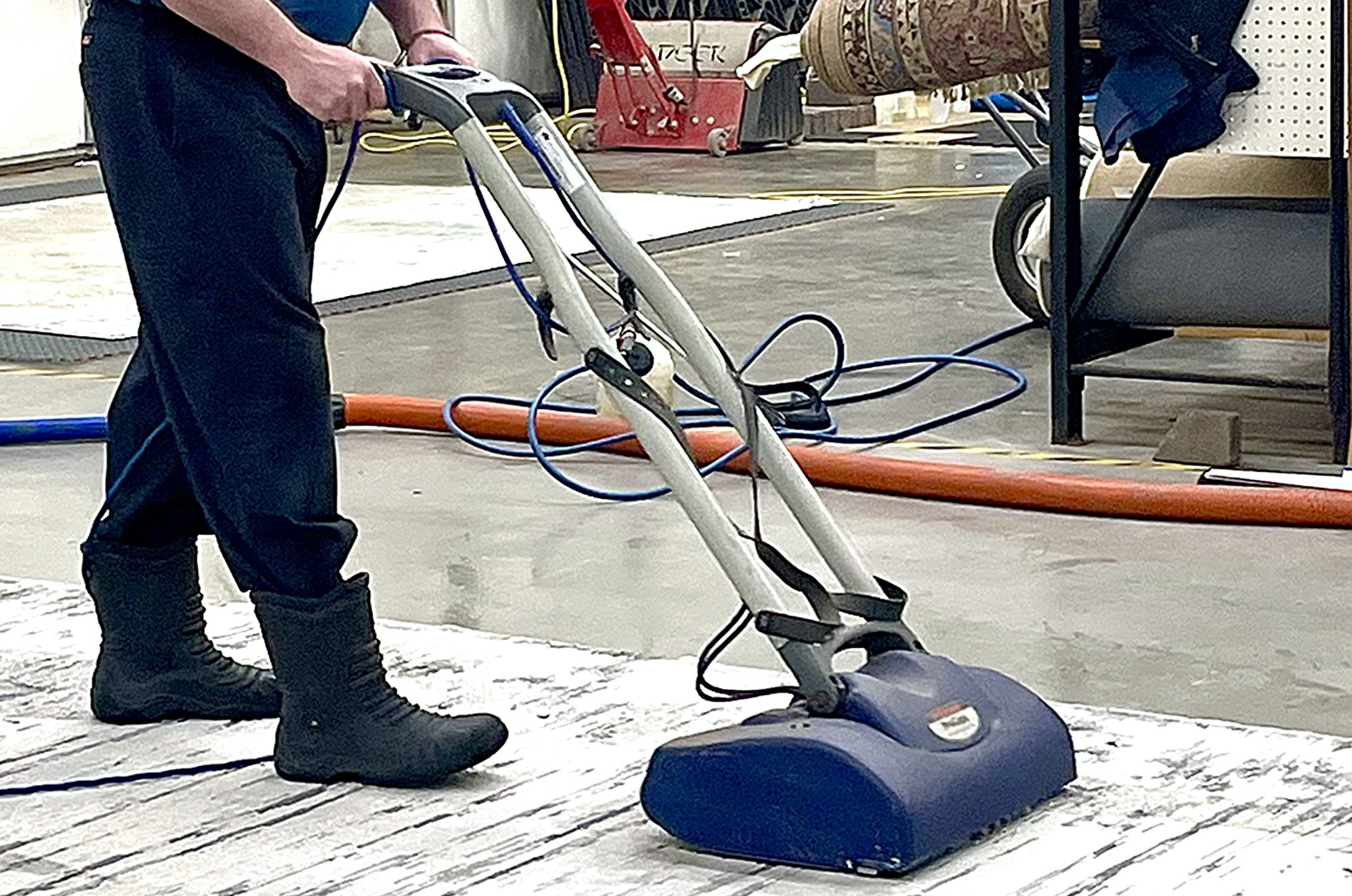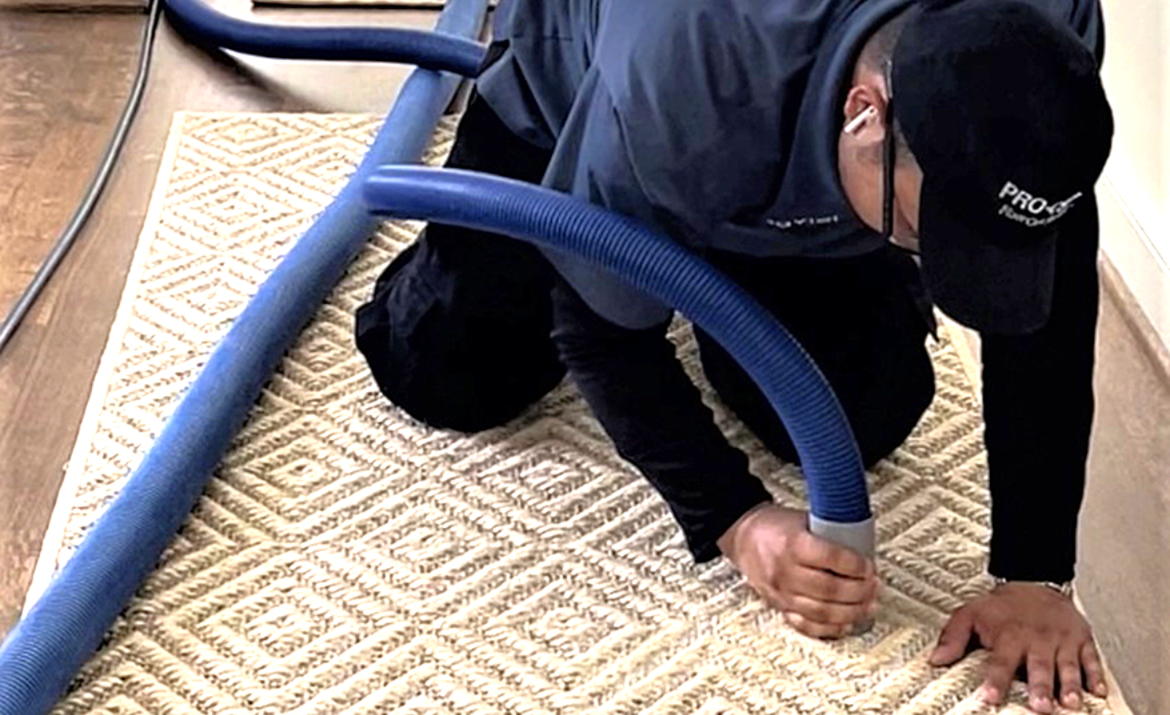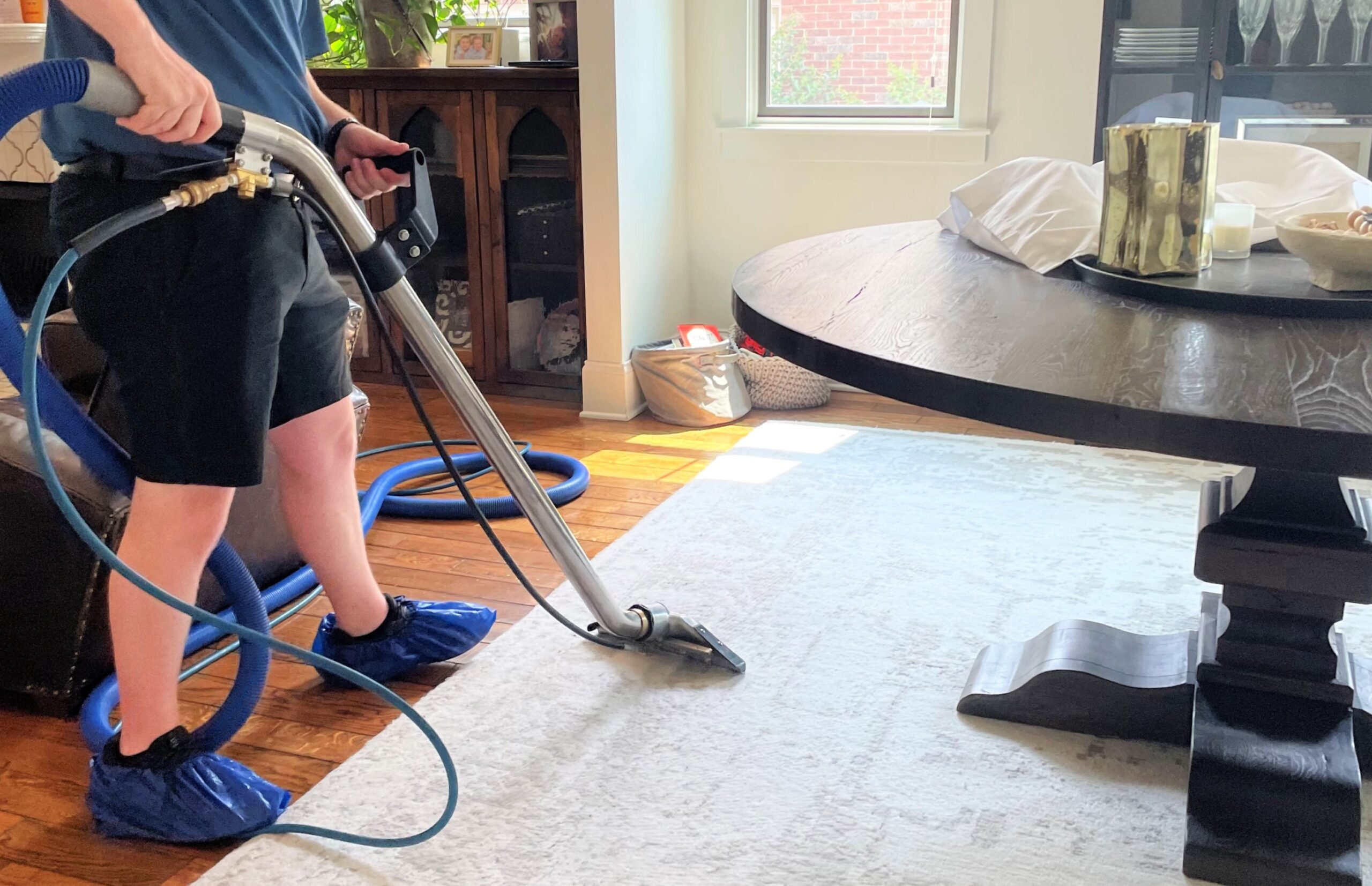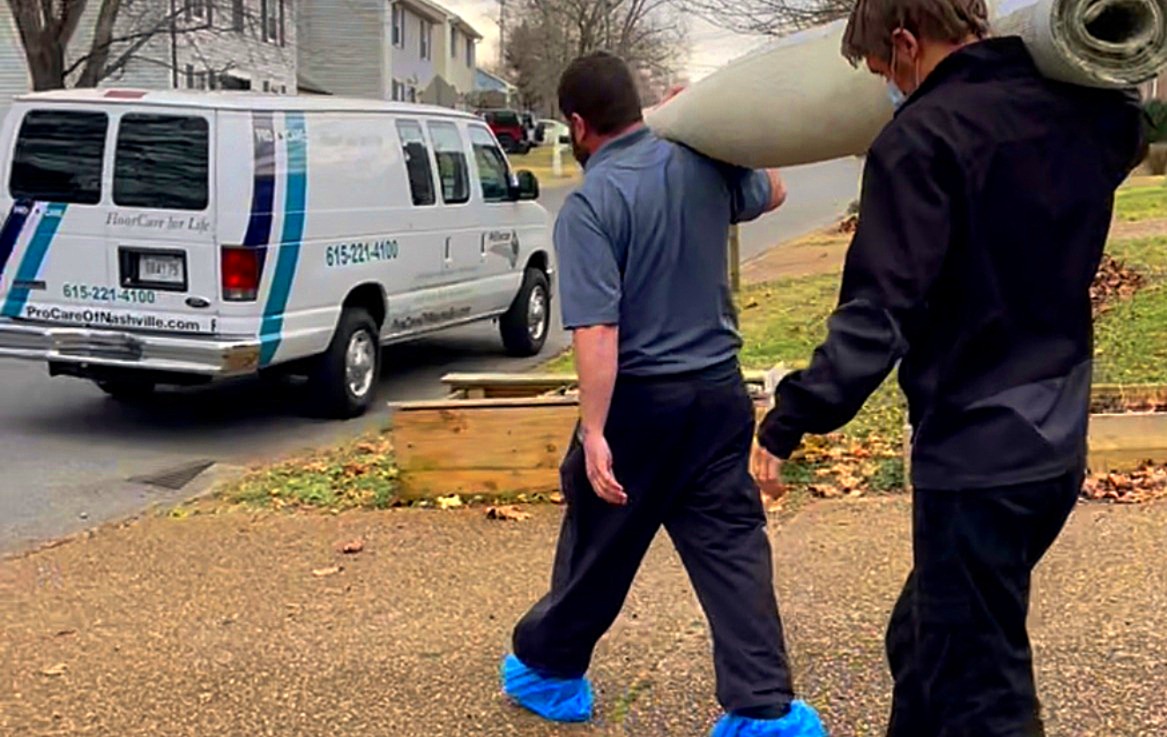
If you own a high-dollar, heirloom or oriental rug, chances are you have fears about having that rug professionally cleaned. In our experience, there are several worries that weigh heavily on clients’ minds when they are deciding whether to choose a drop-off rug cleaning service.
It all comes down to one question. Rug owners want to know if they can trust the care of their rugs to the pros. There are eight main concerns that literally keep rug lovers up at night. Don’t believe us? Just look for the hour when they publish their queries.
Well, we say it’s time to get trustworthy service (and better sleep). As a highly respected rug cleaning company, we can offer insights gathered from decades of textile care. Let’s help you feel confident about your rug cleaning decisions – and ensure your imported, heirloom or oriental rug lasts for years to come.

1. “Should I choose an in-home appointment or drop-off rug cleaning for my rug?”
This is a more complicated question than you might guess. What’s more, there are strong opinions on both sides. When a rug needs a surface-level cleaning and when that rug has sturdy fibers and construstion, professional cleaners can get positive outcomes in a client’s home.
But sometimes rugs present more serious challenges. If your rug’s condition includes severe soiling, pet urine contamination, unstable dyes, or ‘problematic’ fibers or fiber blends, the pros will likely advise you to take advantage of their drop-off rug cleaning service.
Of course, plenty of rugs fall between these two extremes. Professionals should assess each rug on a case-by-case basis. Their information will help you to make an informed decision about the best setting for the job. Keep in mind, though, the cleaning and drying processes available in a rug plant mean that all kinds of textiles – from everyday runners and mudroom mats to treasured heirlooms and oriental rugs – receive customized care and the most thorough cleaning outcomes.
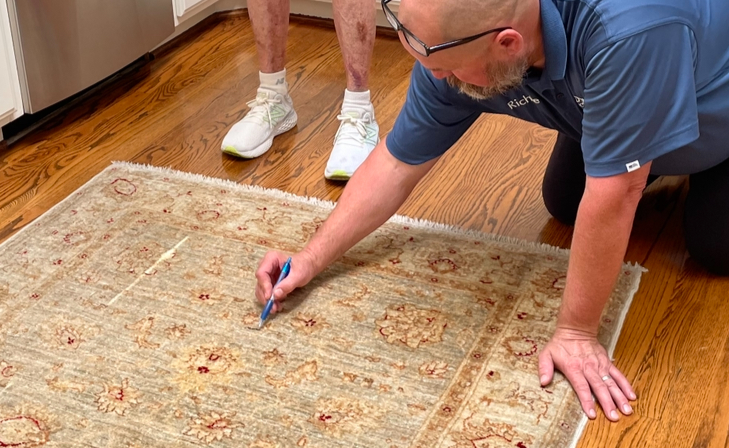
Cleaning Location Pros and Cons
When it comes to deep cleaning, there is no comparison between in-home results and drop-off rug service outcomes. In fact, some companies advise rug owners to avoid the home option altogether.
There are only two clear advantages of having a rug cleaned at your residence. One advantage is that a home appointment reduces the time your rug is “out of commission.” That is because the item remains at home for the entire cleaning and drying process. The only other perk might be client convenience. The question is whether it is easier to schedule a time to be at home for your appointment or is it more convenient to set aside the time to take your rug off-site? If the cleaning company offers a pick-up option for your rug, you will need to schedule a time when you can be at home.
For a deeper dive into the best care environment for your rug, there are great online resources. Look for articles by third-party experts. When considering professional cleaners, check to see if they have posted information about their rug care services on their website. Call and ask them how they assess whether or not a rug needs only a light cleaning in home. You can tell a lot about a business from how they speak with you on the phone.
2. “Will my rug be damaged by a drop-off cleaning service?”
Imported rugs can be a huge investment. But even inexpensive rugs can have sentimental value. So it’s no wonder that owners often feel anxious about the choice to drop off their rugs for cleaning. Common concerns include a fear of color bleeding or bleaching, shrinking or rippling, holes and pile loss or other lasting structural damage. The good news is that, while an unexpected accident during the cleaning process is always possible, vetted cleaning companies will take the necessary precautions to avoid such pitfalls.
There are plenty of fear-driven posts online about worst-case rug plant scenarios. But these are the exceptions. As a general rule, in-plant cleaning provides a deeper, more customizable cleaning experience for your rugs. The specialists there will have a multi-step process to insure the best results, starting with an intake examination.
What do Professional Cleaners look for?
When checking in a rug, the initial analysis includes a “color fastness test.” This test helps assess whether any of the dyes used on a rug are likely to run. If the test reveals that the dyes are ‘unstable’, the in-plant cleaning process will tailor their cleaning methods accordingly. The intake will also include a black-light test, to determine if there is any urine or other biological contaminants present in the rug’s fibers. If so, the cost of mitigation will be included in the work order and communicated to the client, before cleaning begins.
Rug plant assessment of the fiber or fiber blend will also provide clues about the rug’s likely response to moisture, detergents, and drying. That detailed examination will reveal weak areas and patches of wear that will impact handling. Whenever possible, clients should point out damage or wear to the cleaning team. As for shrinking or rippling, these are conditions that a rug plant can easily respond to, if they arise.
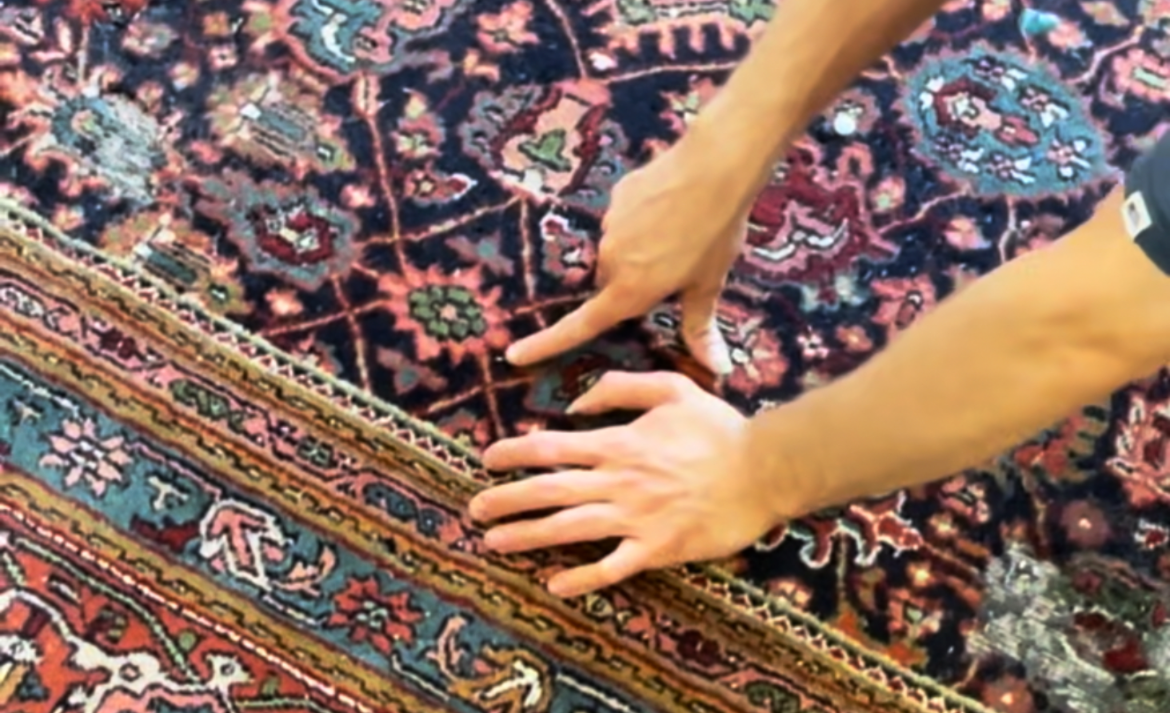
Unfortunately, even if the owner is unaware of it, most rug damage is actually a pre-existing condition. It is important for the professionals to point out this existing damage before cleaning. A rug owner will want to understand conditions that may have already compromised their treasured textile.
When it comes to damage in the home, the usual suspects include moisture, potted plants (we’re serious), chemical cleaning solutions, foot traffic, pet damage, tears caused by age or dragging heavy furniture across the rug’s surface, UV damage, carpet beetles or disintegration due to dry rot or moth infestation. If a rug is too fragile for cleaning, the rug plant will let you know, up front.
3. “Will my rug still smell or will the odor come back, after drop-off cleaning?”
There are many reasons a rug might have an unpleasant smell. Certain natural hair rugs can have a musty odor when damp – think ‘wet sheep’ and you can imagine what we mean. A post-cleaning odor is more common with carpet than with area rugs. A lot of stink can hide under wall-to-wall carpet.
But when it comes to area rugs, it may only require a replacement of an old rug pad to cut down on odors. That said, until a rug is fully dry, it is hard to determine if there is a lingering smell.
The most common ‘smell issue’ clients report originates with their own pets. Indeed, old urine causes the worst odor by far. The sanitation and removal of this contaminant takes several steps and requires deep cleaning. A home environment will not support the necessary methods.
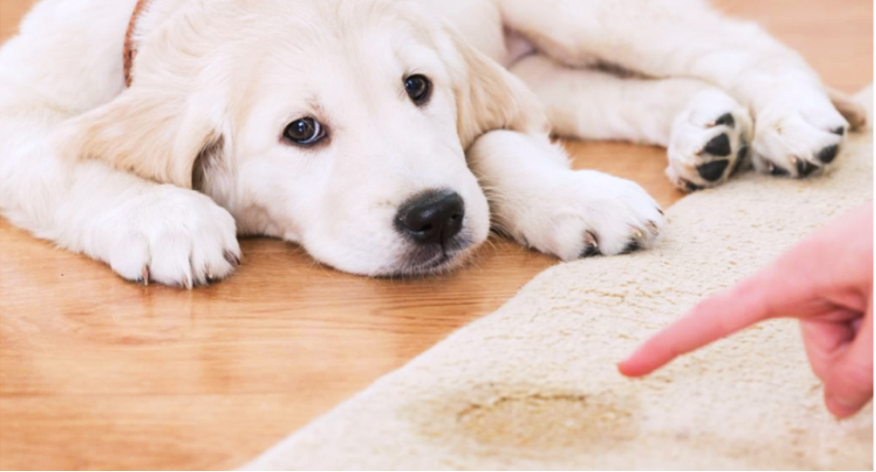
There are two reasons urine has such an unpleasant odor. First off, the bacteria that feeds on the urine gives off a pungent smell as do the waste materials and gas released as the urine decomposes. The second wave of stink comes from the salts and crystals left behind, even after a sanitiization of the rug. That odor is often strongest when the rug is exposed to water or when the weather is humid.
Drop-off Rug Service Can Meet Urine Damage Head-on.
Drop-off rug cleaning service provides the best response to urine. In a plant setting, rug experts have the products and the know-how to tackle urine stains and odors. Some rugs suffer from contamination due to months or years of urine damage. These likely require full submersion in a cleaning bath. Other rugs benefit from the use of a particular pre-spray and enzyme treatment. The protocols used will both kill the bacteria and neutralize, as much as possible, the salts left behind by old urine.
Smell aside, it is important to remember that urine can cause damage to the dyes in a rug. Discoloration, unlike odor, is usually unresponsive to cleaning. This is especially true in the case of recurrent urine contamination. Once the rug has experienced bleaching or chemical alteration, the original color is gone forever.
Keep in mind too, some rugs can be compromised by a single pet accident. Fibers like sisal and viscose suffer immediate and irreversible destruction when exposed to pet pee. These and similarly damaged rugs are often not worth the expense (and limited success) of a cleaning. A rug plant team will be honest about what their efforts can and cannot acheive. This will allow you to make the best decision about your rug’s care.
4. “Will my rug stay wet forever or grow mold?”
No professional service should cause a rug to stay wet past a reasonable drying time for the rug’s size and fiber type. When a rug is cleaned in-home, technicians use a minimum of moisture. After all, overwetting that rug can cause damage to the floor underneath. A standard hot-water extraction will only leave the rug damp to the touch (like blue jeans hanging on a line). A common dry cycle takes 6-12 hours. If a rug seems soaked, like laundry before the spin cycle, this is a red flag. Don’t let a technician leave your home if your rug is lying in a puddle!
Drying concerns are one of the best reasons for choosing drop-off rug cleaning rather than in-home service. When cleaned in a plant, a rug requires only as much moisture as is necessary for its cleaning needs. Some rugs need a full immersion. Others need a surface extraction along with multiple low-moisture protocols. The experts in a rug plant will know the best methods for the fiber type and the soiling condition of your rug.
What is more, rug plants have special drying equipment that removes moisture from rugs in a thorough, efficient manner. Techniques include the use of drying tables for large or heavy rugs, hanging bays where commercial grade fans blow the rugs dry, and outdoor drying methods that take advantage of sun and fresh air.
It is important to allow a rug to breathe after it returns home. Rolling a rug up, or wrapping it in plastic just after cleaning can trap any lingering humidity in the fibers. This could cause the growth of mildew or the development of mustiness. Rug experts suggest some additional curing time before putting a newly-clean rug into storage.
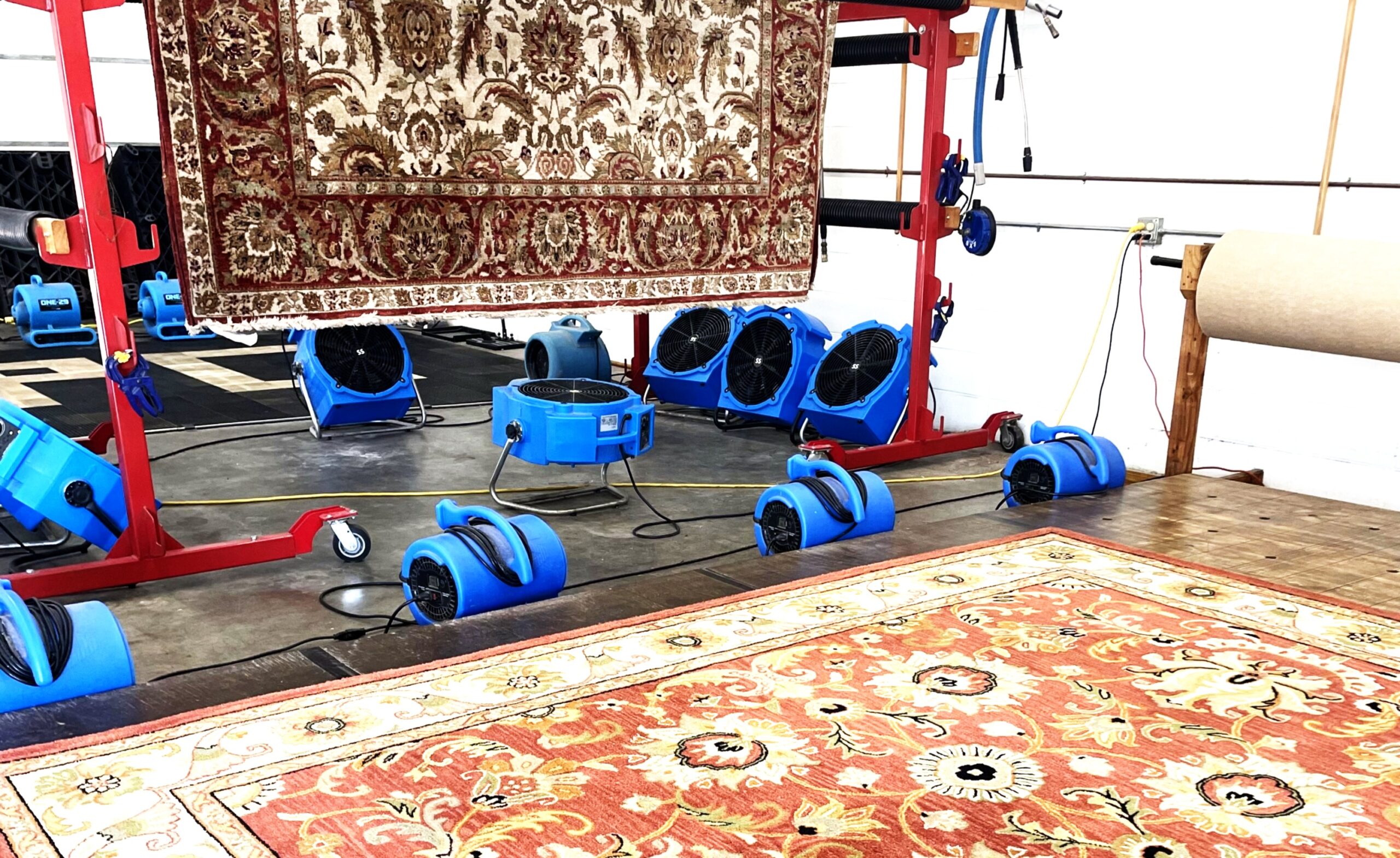
5. “Is there a likelihood of hidden fees or bait-and-switch pricing?”
A professional rug cleaner should provide a range of pricing up front, before the client commits to service. When the cleaning will happen in-home, pricing will take into account the size of the rug, the fiber type and the soiling condition. If a rug needs a drop-off cleaning in a plant, additional qualities that will affect pricing include the presence of fringe (which requires special treatment), the age and fragility of the item and any urine or other contaminants present in the textile.
Always ask how a company prices its services. Likely they begin with ‘guestimate’ by phone, based upon the size and description of the rug. The person on the phone, however, is not likely the expert in the rug plant. More accurate pricing will require a thorough inspection. After a closer look, the professional cleaners can determine the effort, methods and products necessary to get the best outcomes. A client can always refuse service if the price range quoted by rug specialist is unsatisfactory.
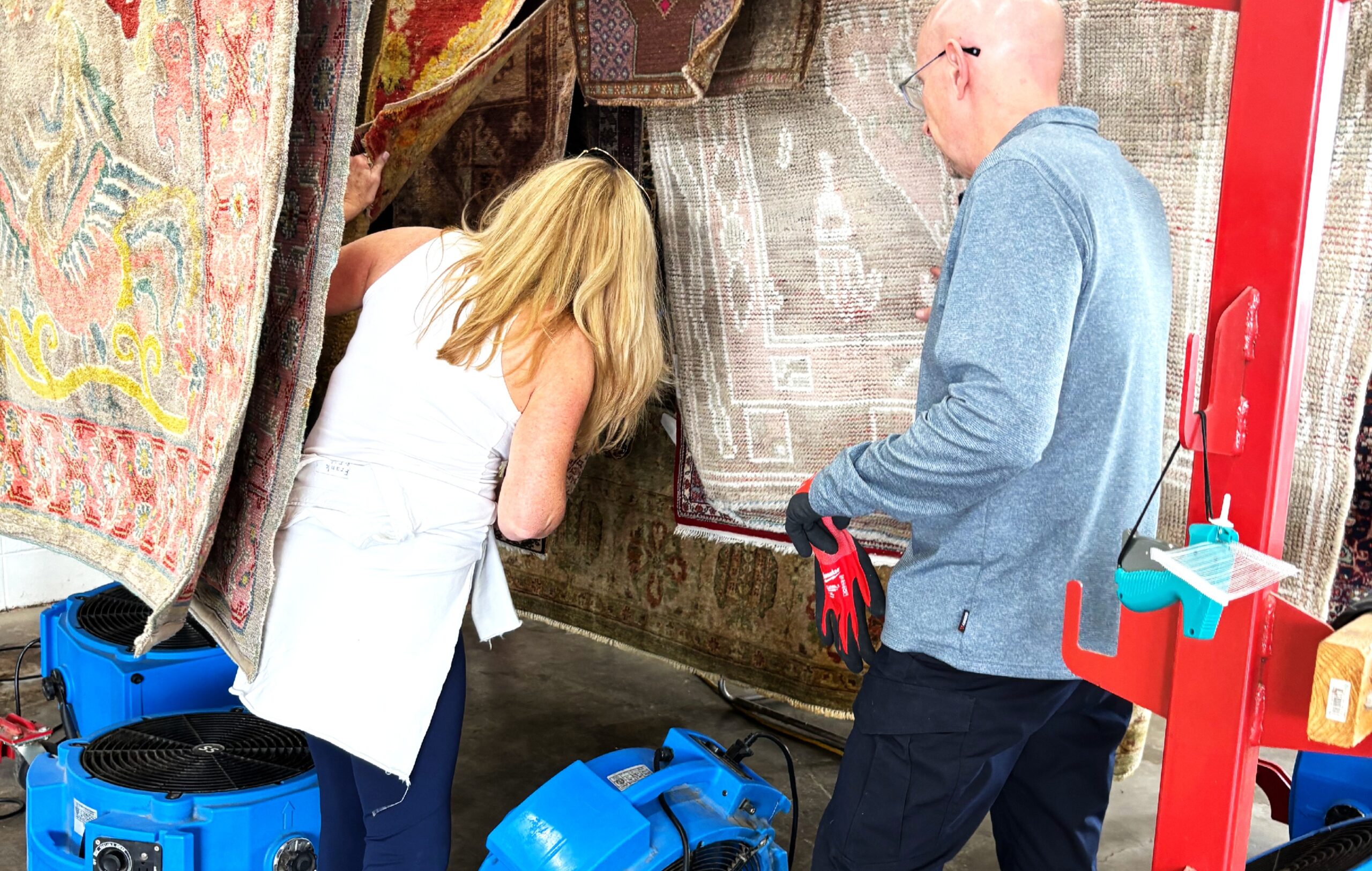
As for any bait-and-switch or hidden fee practices. few companies who operate with this sort of systemic dishonesty will remain in business for long. This is especially true now that customer reviews are immediate and accessible. If the company cannot point to a high number of positive reviews or will not discuss their cleaning and pricing methods, consider that another red flag.
Sometimes, due to no nefarious intent, a cleaner will circle back to the client with new information once the cleaning is underway. This is uncommon. A trustworthy cleaning company will absorb any added cost that might arise after an estimate is agreed upon. Demand that level of accountability from any rug cleaning service you choose.
6. “Will stains come back?”
Returning stains are most often a problem that arises during carpet-cleaning. A staining substance can sink deep into a carpet’s fibers, through to the backing, and even filter down to the carpet pad. The act of cleaning will introduce moisture into that carpet. And even if the tecnician removes the surface stain, the moisture that evaporates after service may cause additional staining to wick up from the backing. Suddenly, the spot you thought was gone is back.
A stain that re-surfaces, after removal, is generally not the fault of the cleaner. It is only an indication of the amount and depth of the stain. A follow-up visit by the technician should remove remaining discoloration. However, if the stain is from urine and if that urine has penetrated down into the pad and the subfloor, like as not, the cleaner will advise more aggressive methods.
Unlike carpet, which is nailed down and which has hidden layers, a rug is completely accessible. A techician can turn that rug and clean it from both sides. Moreover, a professional can detect any stain that has permeated a rug’s fibers during cleaning. Unless the discoloration proves permanent, the stain should not ‘come back’ after a deep cleaning.
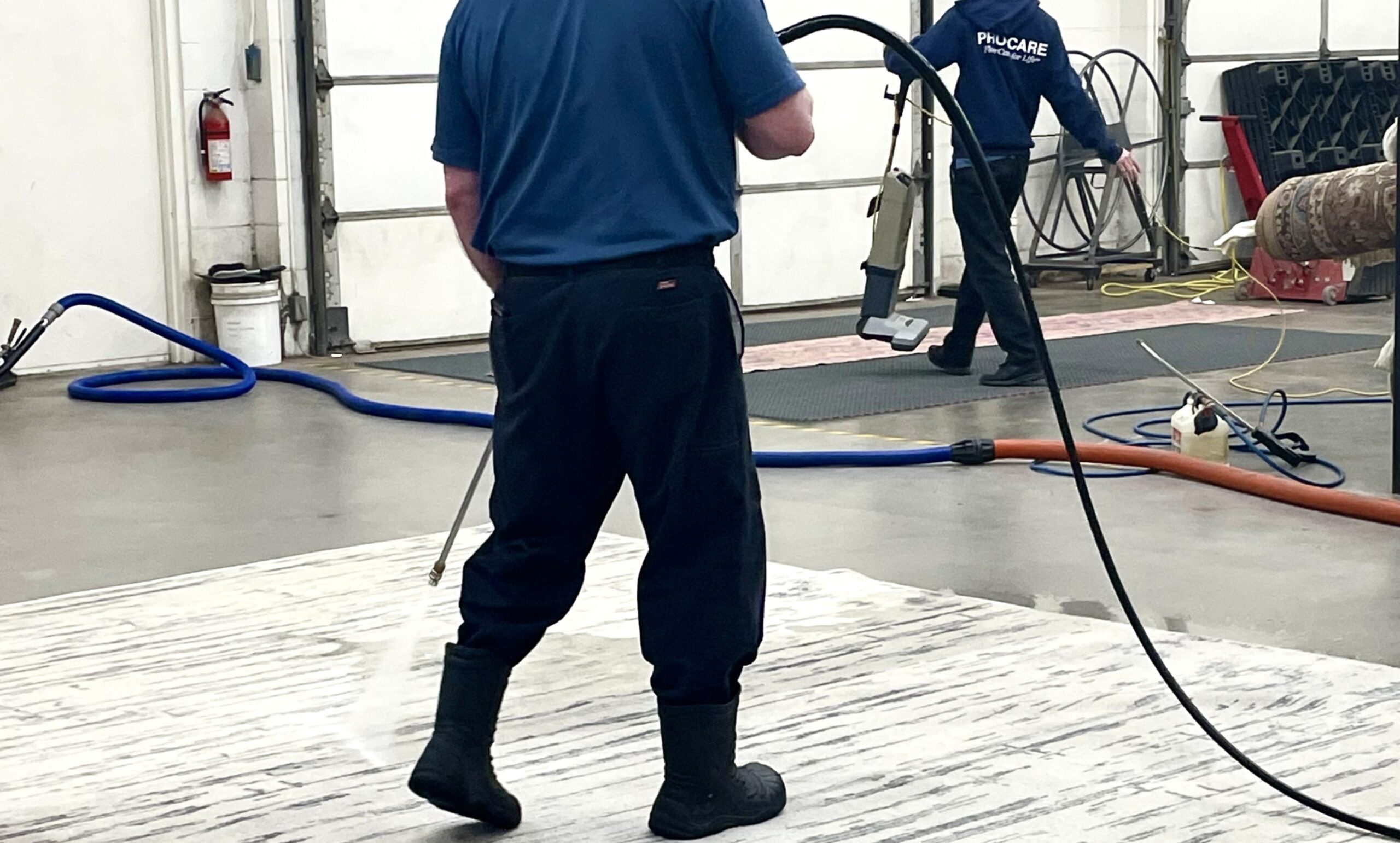
7. “Will cleaning leave behind a residue?”
Residue is another issue most often associated with carpet cleaning. Residue remains behind when a technician introduces too much detergent into the fibers of a carpet. When the cleaner fails to extract that detergent from the textile during the rinsing process, it leaves the carpet out of chemical balance. As a result, the carpet will attract soil and become dirty, shortly after cleaning.
A highly trained technician will catch this problem up front. If that doesn’t happen, or if the technician at fault will not return to remedy the problem, it may be necessary to call in a more qualified cleaner to remove the residue.
In contrast to a carpeted surface, a rug cleaned in a plant should never be left with detergent residue. A re-rinse and re-balance makes for an easy fix and will not result in additional fees or changes in pricing. Yes, it is possible, if unlikely, for an in-home cleaning to introduce too much detergent into the fibers of an area rug, leaving them sticky. A technician can address this problem more easily than with carpet because the rug sits on top of the floor. Granted, rescheduling service is an inconvenience. At least, if the cleaner is at fault, an ethical company will not charge for a follow up service.
8. “Is in-home cleaning safe for my expensive rug?”
Most professionals will tell you, the best place to clean any rug is in a plant. This is a facility designed to address every rug’s needs and vulnerabilities. Can bad things happen in a drop-off rug cleaning scenario? Absolutely, though the likelihood may be only a fraction of a percent. Get an appraisal for your textile. Absolutely get a second or third opinion of your rug’s needs. And request a receipt for your rug at time of drop off. These are all solid suggestions – as good for peace of mind as for the protection of your rug.
No matter how many assurances a professional may provide about rug plant service, we understand that some clients remain determined to have their rugs cleaned in-home. If that is the case, there are three key questions to ask.
First, is the chosen cleaning company a trustworthy service provider? Use these pointers to vet your cleaner and be certain your rug will get the best care, whether or not the company cleans your rug in-home. Second, is the technician assigned to your job an experienced cleaner of rugs? Some franchises or other cleaning operations do not differentiate the skills and knowledge used for carpet cleaning from those necessary to perform rug-cleaning. You want to trust your rug to an experienced rug cleaner.
Third, does your rug need only a light surface cleaning? Remember, any in-home cleaning will, by its nature, get only superficial results. Basic cleaning will not address stubborn stains, pet urine, discolored fringe or heavy soiling. A rug with these issues will need to go to a plant to respond to these conditions.
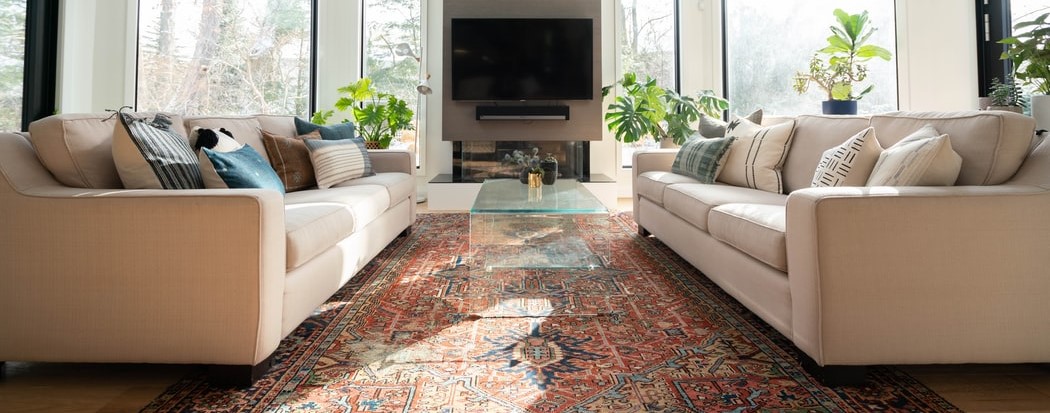
“I’m still hyperventilating here.”
If you are still feeling nervous about entrusting your rug to a cleaning company, you may have read a lot of worst-case-scenario posts. Yes, it is important to be careful. There are additional tasks you can complete to bolster your confidence, from putting more insurance on the rug to documenting its appearance and measurements before drop-off.
It can be hard to choose a cleaner from the list of results on an internet search. In our experience, clients feel best when they start with a personal referral. It’s always good to hear a first-hand testimonial from a satisfied client. But do read reviews for a cleaning company before scheduling service. Check their website to see what information they post about their rug-cleaning work, certifications, mission statement, etc.
Prepare a list of questions about rug cleaning and call the company. If there is a likelihood you will choose a drop-off rug cleaning, ask if you can come by and see the rug plant in operation. And here’s a little tip. Don’t necessarily choose the business with all the latest gadgets and technology. The fewer the machines, the more the experts will have their eyes on the process and can tweak their methods based upon your rug’s unique needs.
Finally, read trustworthy articles to help understand what advantages a rug plant provides. Doing this “footwork” will provide helpful information but it will also allow you to get a gut feeling about the company culture and its commitment to customer service.
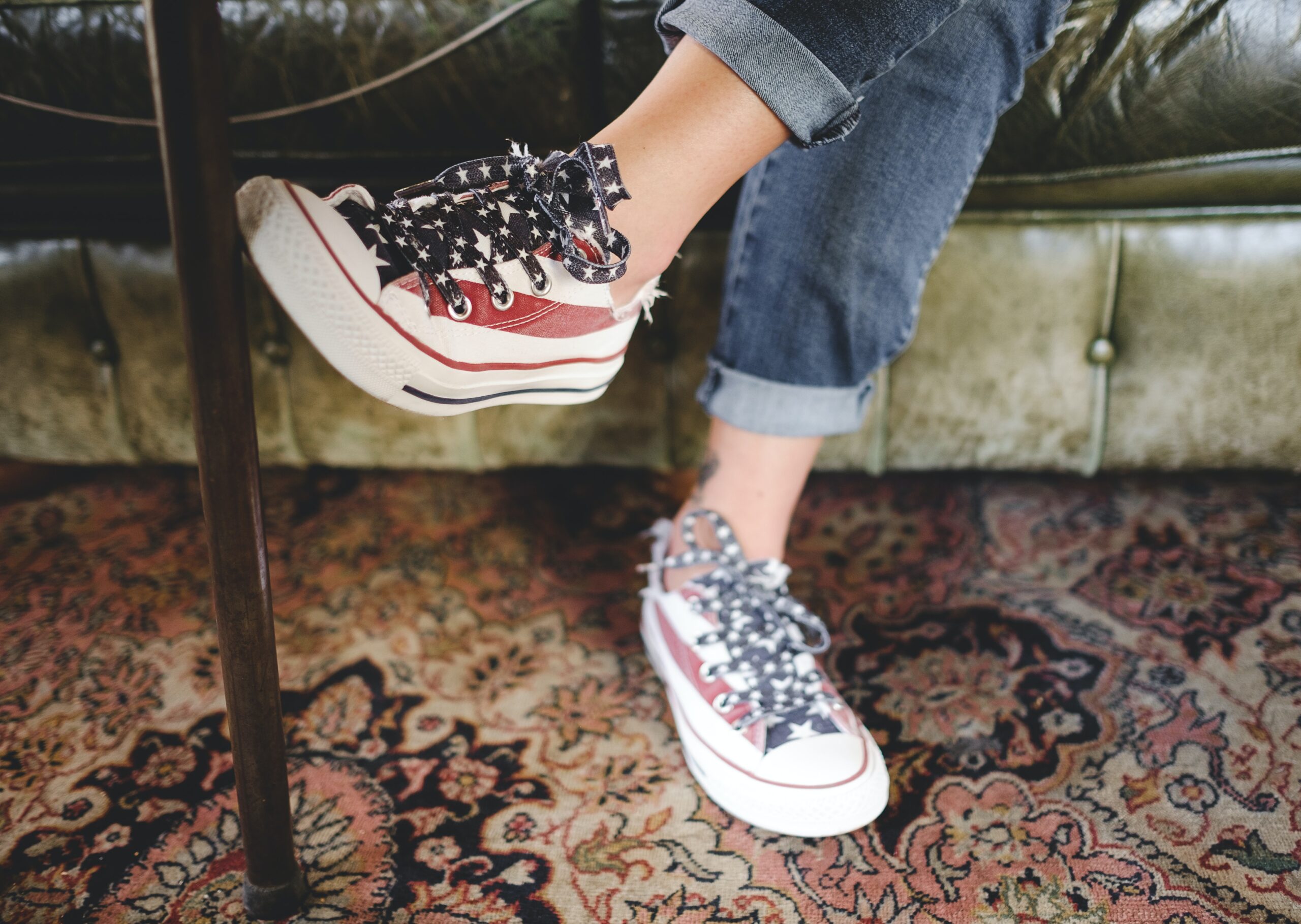
…And maybe you’ll decide not to schedule a professional cleaning after all.
If you opt instead for a DIY approach, keep these pointers in mind.
- If your rug is light enough to lift, hang it and give it a good ‘dusting’ first.
- Never use a vacuum with a beater bar on a hand-knotted, fringed, shag, delicate or damaged rug. Gentle suction is always the better way.
- Never rent a commercial carpet cleaning machine to clean your rug. Rental equipment is notorious for overwetting textiles or for introducing too much detergent into their fibers.
- Do not use any liquid, cleaning solution or even water on a sisal or viscose rug. These rugs challenge even the most highly-trained professionals and require expert care.
- Be very cautious when attempting the removal of spots and discoloration. Avoid chemical cleaners.
- Rinse out any detergent, gently and thoroughly.
- If you introduce moisture into your rug’s fibers, be sure to fully dry that rug before putting it back down in the home or before wrapping it up for storage or a move.

